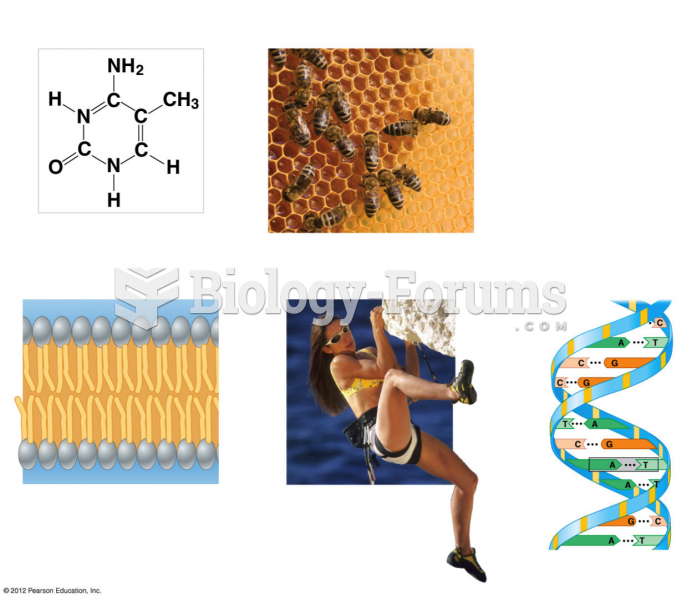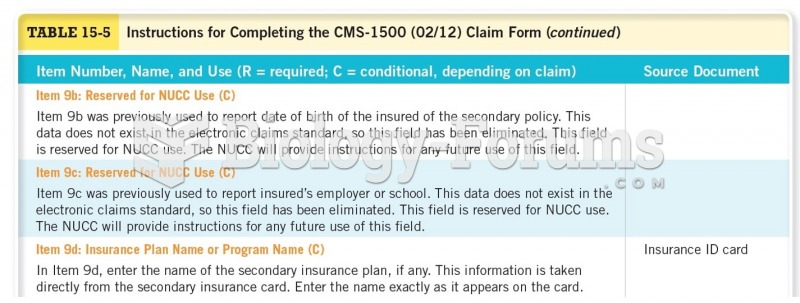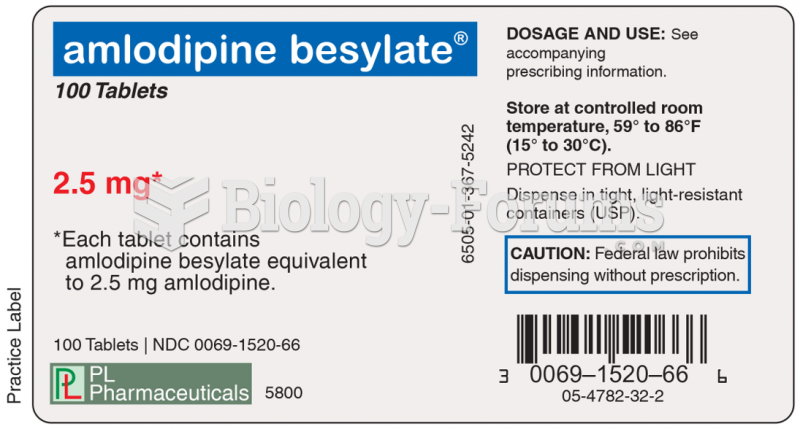Instructions: Label each pair of compounds below as:
a.
identical
b.
stereoisomers
c.
constitutional isomers
d.
identical, but differing in conformation
Where stereoisomers are present, label the isomers as
cis and
trans.
Label:

and
 Question 2
Question 2Instructions: Label each pair of compounds below as:
a.
identical
b.
stereoisomers
c.
constitutional isomers
d.
identical, but differing in conformation
Where stereoisomers are present, label the isomers as
cis and
trans.
Label:

and
 Question 3
Question 3Instructions: For each disubstituted cyclohexane below, draw its ring-flip isomer. Circle the
most stable conformation and label the substituent groups as axial or equatorial.
Draw and label:
 Question 4
Question 4Instructions: For each disubstituted cyclohexane below, draw its ring-flip isomer. Circle the
most stable conformation and label the substituent groups as axial or equatorial.
Draw and label:
 Question 5
Question 5Instructions: Refer to the structure below to answer the following question(s).

Refer to instructions. Which groups have a 1,3-diaxial interaction with each other?
Question 6Instructions: Refer to the structure below to answer the following question(s).

Refer to instructions. Which of the labeled groups is
trans to b?
Question 7Instructions: Refer to the structure below to answer the following question(s).

Refer to instructions. Which of the labeled groups in the structure are
equatorial?
Question 8Draw and name the seven constitutional isomers for cycloalkane, C
6H
12.
Question 9Provide the proper IUPAC name for the compound below.
 Question 10
Question 10Instructions: Label each pair of compounds below as:
a.
identical
b.
constitutional isomers
c.
stereoisomers
 Question 11
Question 11Instructions: Label each pair of compounds below as:
a.
identical
b.
constitutional isomers
c.
stereoisomers
 Question 12
Question 12Designate
each carbon as primary, secondary, tertiary, or quaternary.
 Question 13
Question 13Name these groups (left to right).

where

represents the parent chain.
a.
sec-propyl,
sec-butyl, isobutyl
b.
isopropyl, isobutyl,
sec-butyl
c.
sec-propyl,
tert-butyl, isobutyl
d.
isopropyl,
tert-butyl, isobutyl
e.
isopropyl,
tert-butyl,
sec-butyl
Question 14Which of the following alkanes is the most likely to be a liquid at room temperature?
a.
propane
b.
butane
c.
pentane
d.
hexane







